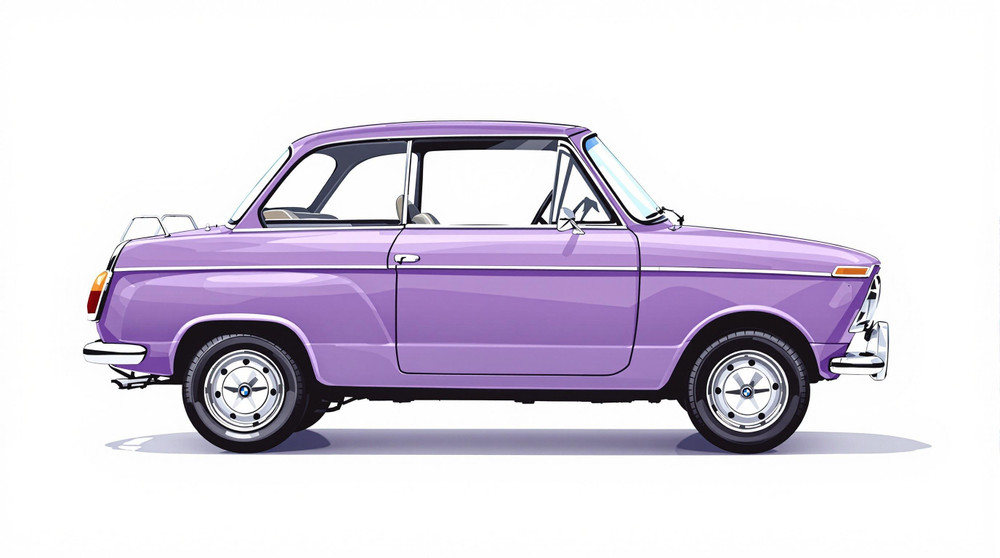Image of 1961 Bmw Isetta, Note: These illustrations use artistic license and may differ from actual historical models.
Performance Metrics
Fundamental Metrics
Emotional Appeal
MMP Rating
| Engine Specifications | |
|---|---|
| Engine: | Single-cylinder four-stroke engine |
| Displacement: | 247 cc |
| Horsepower: | 12-13 hp |
| Torque: | Estimated at 14.2 Nm |
| Compression Ratio: | 6.8:1 |
| Ignition System: | Coil ignition |
| Cooling System: | Air-cooled |
| Performance Specifications | |
| 0-60 Time: | 35 seconds |
| 1/4 Mile Time: | Not available |
| Top Speed: | 53 mph |
| Transmission and Drive | |
| Drive Type: | Rear-wheel drive |
| Transmission Type: | 4-speed manual |
| Fuel and Efficiency | |
| Fuel System Type: | Carburetor |
| MPG: | 50-60 mpg |
| Dimensions and Brakes | |
| Brakes: | Drum brakes |
| Wheelbase: | 58.3 inches |
| Weight: | 770 lbs |
Note: Specifications for classic cars are given to the best of our ability, considering the limited and variant data available.
A Microcar Marvel: The 1961 BMW Isetta
With its diminutive stature and distinctive front-entry door, the 1961 BMW Isetta is a true icon of microcar ingenuity. Born in a post-war era where efficiency and economy were paramount, the Isetta's origins trace back to Italy, with BMW acquiring the license to manufacture and imbue it with German engineering prowess. This bubble car not only symbolized a shift in automotive design but also played a pivotal role in saving BMW from financial ruin. Its quirky appearance belied a serious purpose: providing affordable mobility to a Europe that was still recovering from the devastation of conflict.
Design and Innovation
The 1961 BMW Isetta's exterior is instantly recognizable: a single front door that swings open with the steering wheel attached, resembling nothing so much as a refrigerator on wheels. The interior, while compact, was surprisingly functional, with space for two occupants and a small parcel shelf behind them. Materials were modest but durable, befitting the vehicle's utilitarian purpose. Technologically, the Isetta was ahead of its time with features like an independent suspension and a manual four-speed gearbox.
Color options ranged from vibrant reds to pastel blues, with many owners favoring bright shades that accentuated the car's playful character. While several body styles existed, including a convertible and even a pickup truck variant, the standard coupe with its sunroof was the most iconic and popular choice among enthusiasts.
Historical Significance
The Isetta's impact on automotive design is undeniable. It challenged conventional notions of what a car should be and introduced the concept of micro-mobility long before modern interpretations emerged. Its unique front-door entry system set it apart from contemporaries and has seldom been replicated since. The Isetta's legacy persists as an early pioneer in space-efficient design.
Performance and Handling
Performance-wise, the Isetta was never going to set any speed records with its 12 horsepower engine propelling it to a modest top speed of around 50 mph. Acceleration from 0-60 mph was not typically measured as it was not particularly relevant for such a vehicle. Handling was nimble due to its light weight and small size, making it ideal for navigating narrow European streets. The driving experience was intimate; every bump could be felt, and engine sounds were part of the charm.
Ownership Experience
The Isetta found use as an everyday driver for those needing basic transportation. Its reliability was commendable given its simplicity, though parts can be scarce today. Maintenance is straightforward for those familiar with vintage vehicles, though professional care may be required for more complex issues.
Fun Facts
The Isetta holds a place in history for being one of the best-selling single-cylinder cars ever made. It has graced collections of celebrities like Elvis Presley and even appeared in multiple films and TV shows. Criticisms often centered on its lack of power and unconventional looks, but these quirks have only endeared it more to collectors over time.
Collector's Information
Today, the value range for a well-preserved 1961 BMW Isetta can vary widely based on condition, originality, and provenance. Estimates suggest that tens of thousands were produced during its run, but exact figures are elusive due to variations across different markets. As for appreciation, these microcars have seen a steady increase in value over recent years with pristine examples fetching upwards of $30,000 or more at auction.
Conclusion
The 1961 BMW Isetta may have been born out of necessity but grew into a beloved classic that captures hearts with its unconventional charm and historical significance. As we look back on this microcar marvel, we're reminded that innovation often comes in small packages—and sometimes with just three wheels.
1961 Bmw Isetta Catalog of Parts
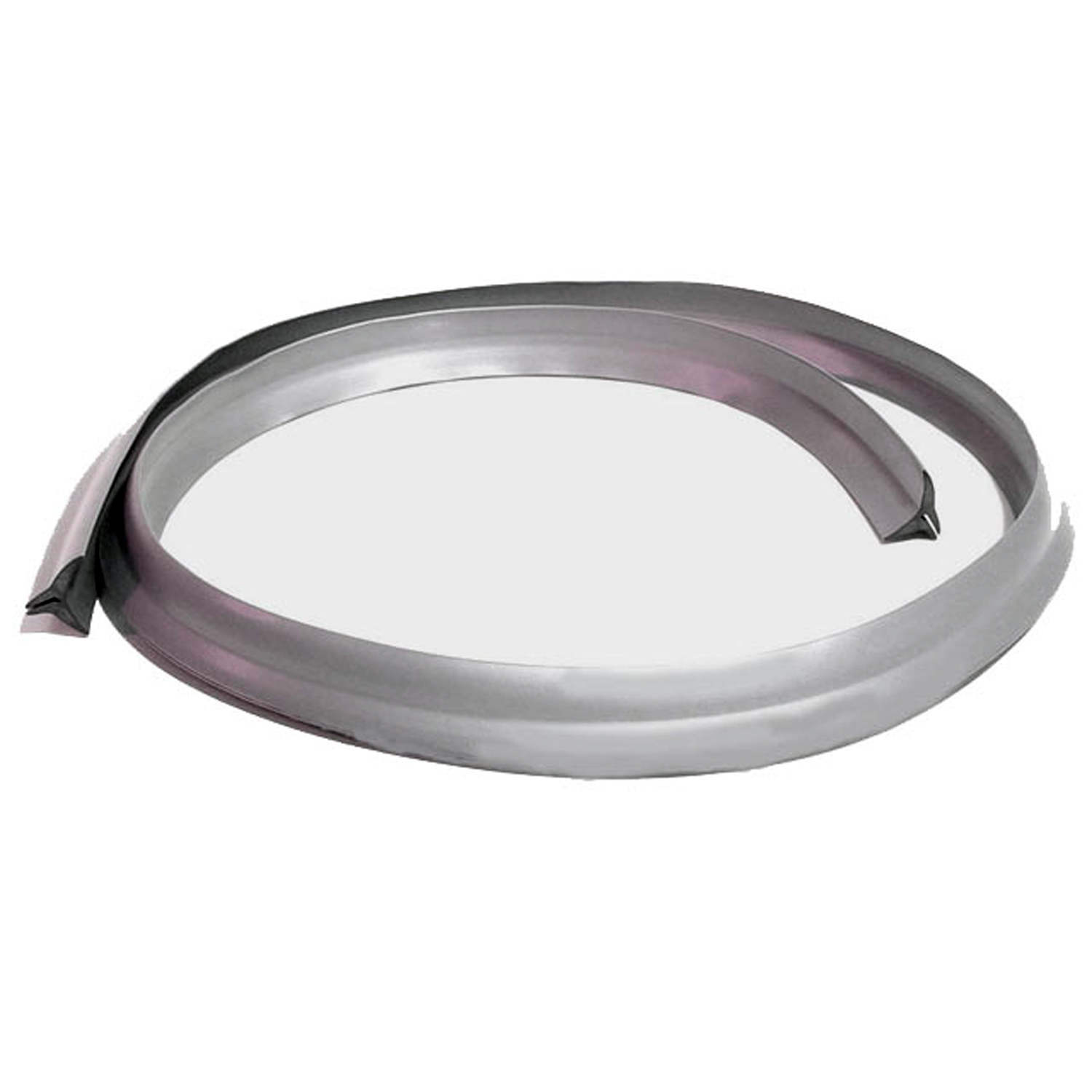 1961 BMW Isetta Bumper to Body Seal. 34" long X 5/8" wide. Each-BG 91-IBumper to Body Seal. 34" long X 5/8" wide. Each
1961 BMW Isetta Bumper to Body Seal. 34" long X 5/8" wide. Each-BG 91-IBumper to Body Seal. 34" long X 5/8" wide. Each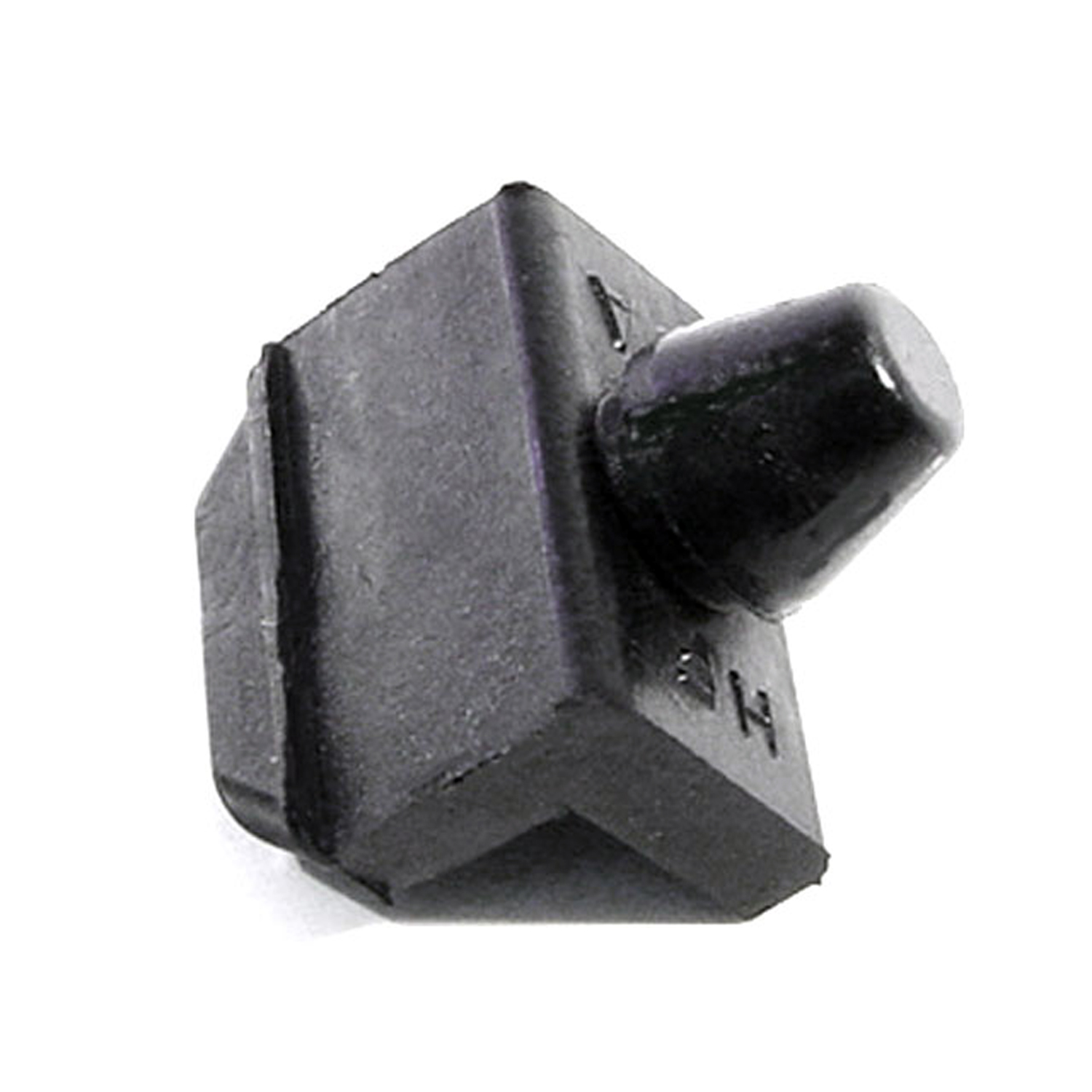 1961 BMW Isetta Hood Bumper. 1" long X 7/8" wide. Each-HF 29-AHood Bumper. 1" long X 7/8" wide. Each
1961 BMW Isetta Hood Bumper. 1" long X 7/8" wide. Each-HF 29-AHood Bumper. 1" long X 7/8" wide. Each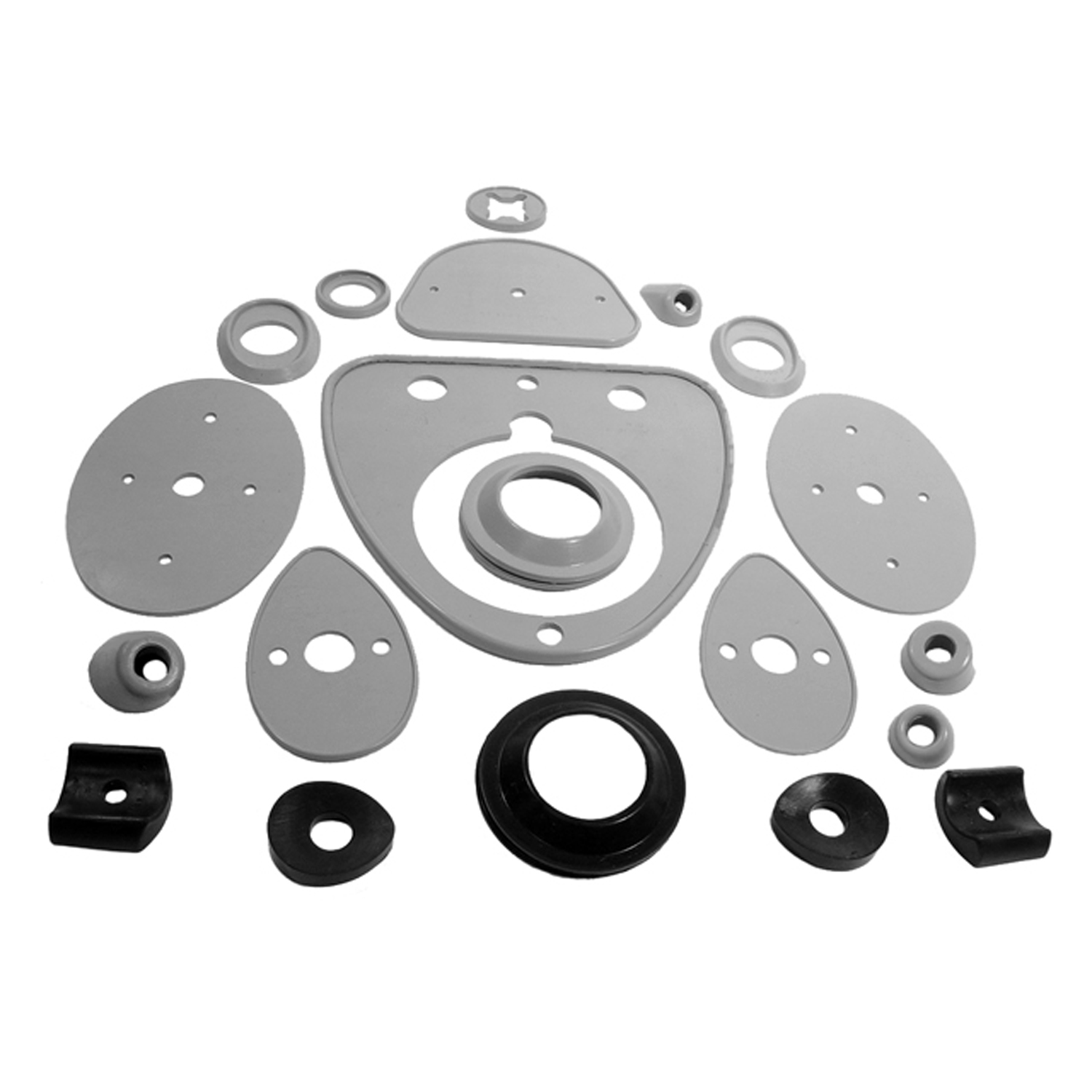 1961 BMW Isetta Mounting Base Kit-MBK 100Mounting Base Kit
1961 BMW Isetta Mounting Base Kit-MBK 100Mounting Base Kit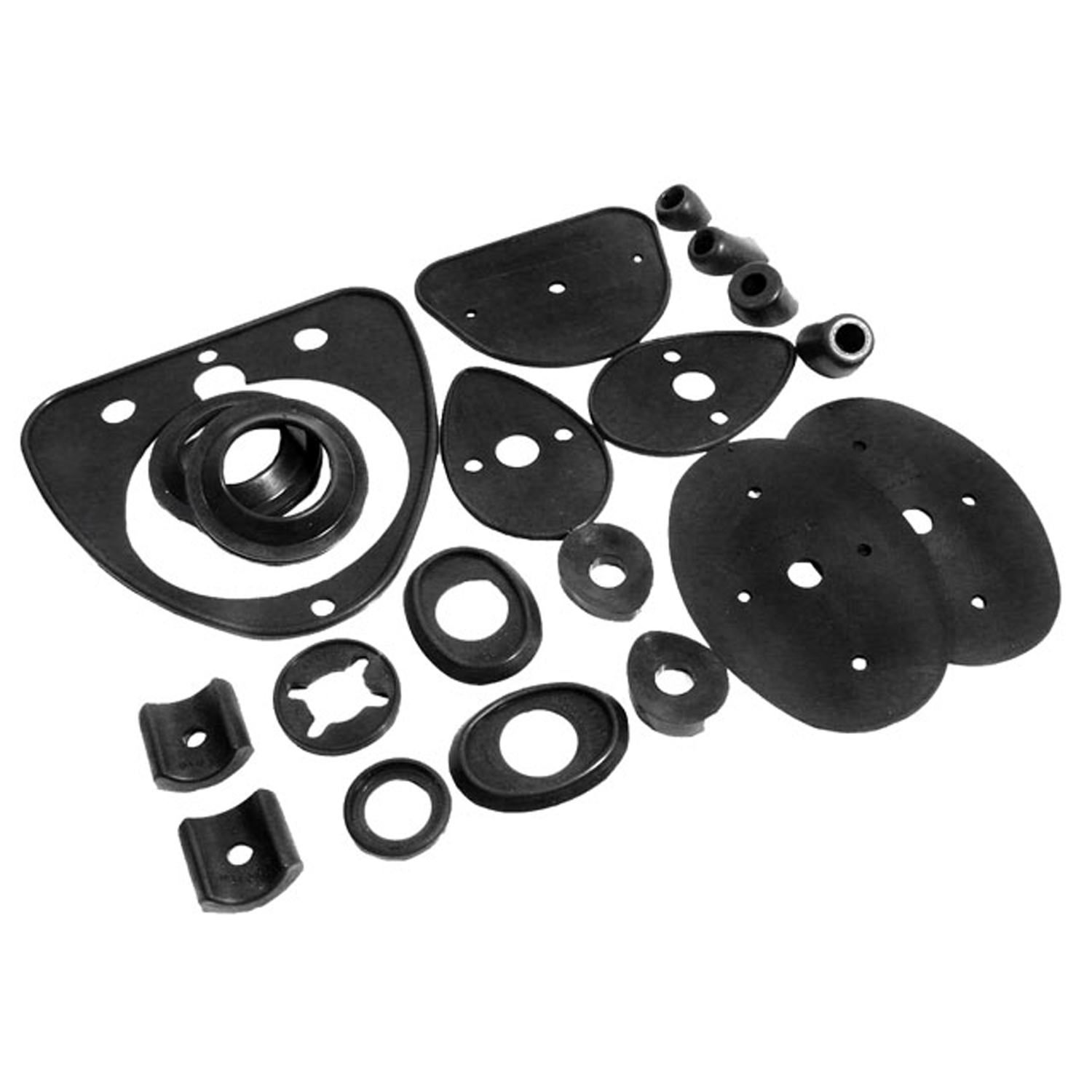 1961 BMW Isetta Mounting Base Kit (Black parts only. 20-Piece Set.-MBK 101Mounting Base Kit (Black parts only. 20-Piece Set.
1961 BMW Isetta Mounting Base Kit (Black parts only. 20-Piece Set.-MBK 101Mounting Base Kit (Black parts only. 20-Piece Set.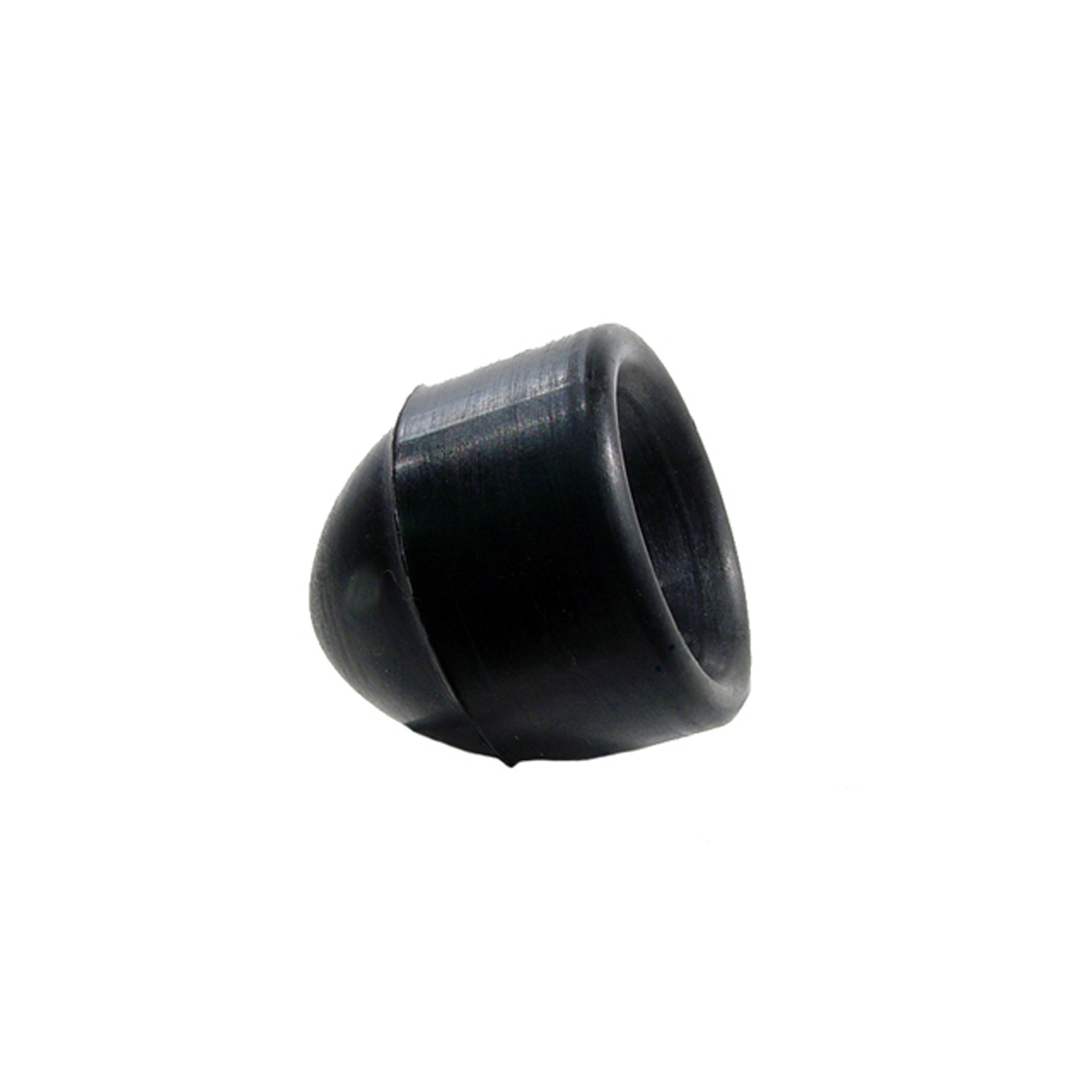 1961 BMW Isetta Suspension Bumper. For sliding window models only-XB 40Suspension Bumper. For sliding window models only. 1-1/2" O.D., 1-11/16" High. Each
1961 BMW Isetta Suspension Bumper. For sliding window models only-XB 40Suspension Bumper. For sliding window models only. 1-1/2" O.D., 1-11/16" High. EachWhy Choose Metro?
For over 100 years, Metro Moulded Parts has been the pinnacle of quality in classic car restoration parts. Our commitment to precision and authenticity in every component ensures a perfect fit and an OEM-level appearance.
- Expert Craftsmanship & Quality: Each part is a testament to our dedication to reliability and perfection, crafted from original designs and thoroughly tested.
- Advanced Technology: We use cutting-edge techniques to create flawless, long-lasting parts that surpass others in performance.
- SuperSoft Sponge – The Ultimate Door Seal: Not only are our door seals 30% softer than competitors', but they're also guaranteed to never leak. They effectively reduce wind and road noise, enhancing your classic car's comfort and driving experience.
- Proudly American: Our parts are a product of American craftsmanship, made in the USA with a spirit of excellence and heritage.
- Unrivaled Warranty: We back our products with a 30-year industry-leading warranty, a testament to our confidence in their quality.
Join us in preserving the legacy of classic cars with parts that are crafted for perfection, not just made.

